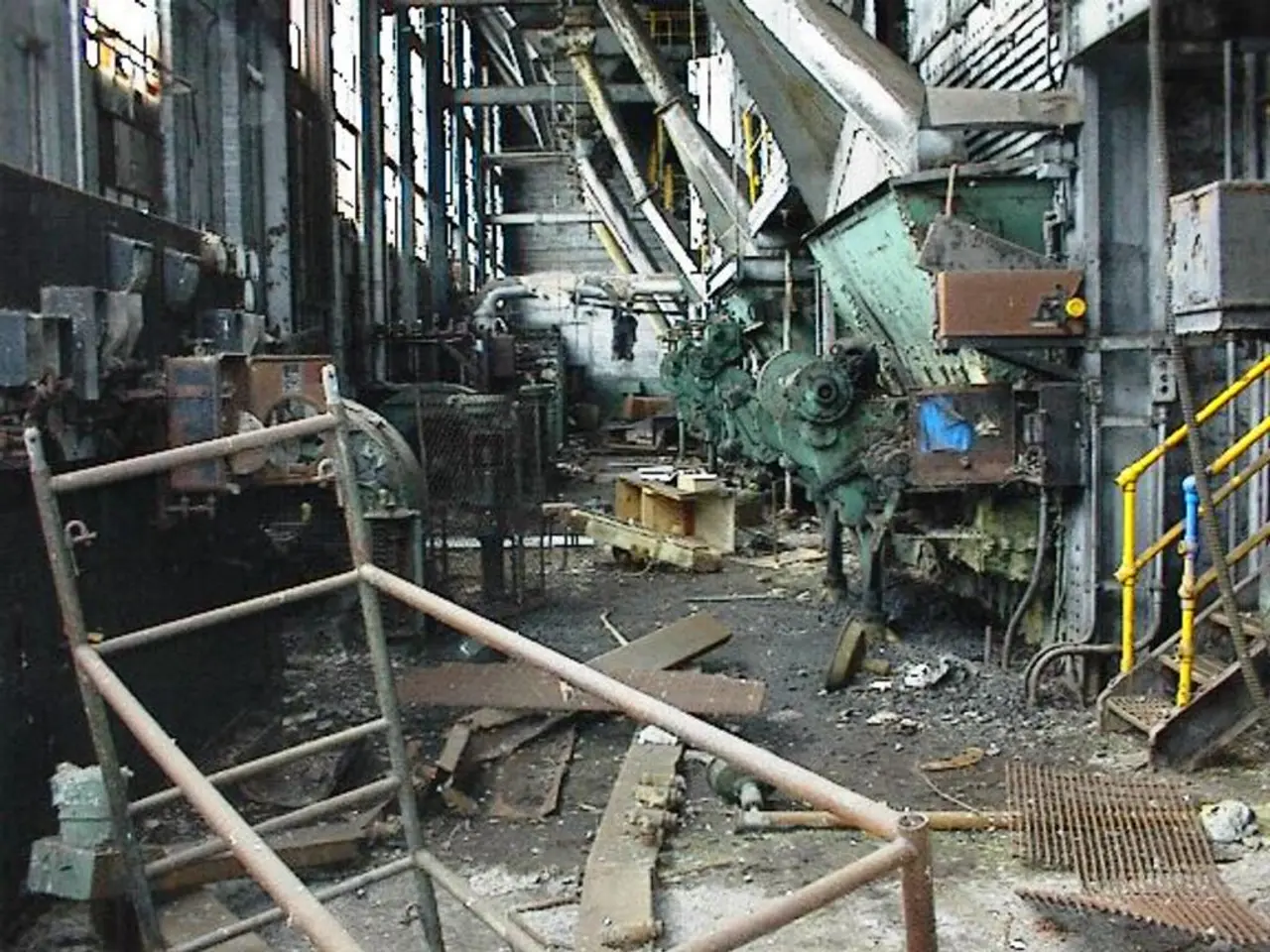Prioritizing Proactive Maintenance is Key, Emphasizes Volvo Trucks Executive
In a move aimed at addressing labor shortages and improving operational efficiency, UPS is considering offering buyouts to Teamster drivers, according to recent reports. Simultaneously, the logistics giant is in discussions with Figure AI regarding the potential use of humanoid robots in its operations.
The integration of humanoid robots into UPS's operations is expected to follow a comprehensive approach, aligning with best practices for adopting humanoid robotics in logistics and warehousing. This strategy involves several key steps:
1. Simulating future use cases: Companies create high-fidelity virtual environments to train humanoid robots for realistic operational tasks, helping measure robot effectiveness and return on investment before physical deployment.
2. Investing in workforce training: With humanoid robots not yet fully autonomous, it is crucial to upskill engineers and operators to integrate, maintain, and repair them effectively. Preparing the human workforce ensures smooth collaboration with the robots.
3. Augmenting operations and processes: Organizations must update their operational processes and implement change management to ensure teams accept and efficiently work alongside robots, enabling better collaboration and performance.
4. Upgrading technology infrastructure: Successful robot integration requires robust data and technology systems that can orchestrate multiple automation tools simultaneously. Warehouse management software and other IT systems may need adjustments to support humanoid robots.
5. Building partnerships and ecosystems: Companies often partner with robotics startups and invest in modular infrastructure to stay at the innovation frontier and adapt facilities for robot deployment.
If UPS does proceed with this plan, humanoid robots could be deployed to assist with material handling, package sorting, and other repetitive warehouse and delivery tasks. This would help create a collaborative environment between human workers and robotic coworkers.
While no direct announcement from UPS on humanoid robot deployment has been made, these industry-wide strategies reflect how advanced robotics integration is being planned in logistics companies.
Meanwhile, Nissan has recalled 480,000 vehicles due to an engine failure risk. This recall is part of the ongoing efforts by automakers to ensure vehicle safety and address any potential issues promptly.
[1] "The Future of Humanoid Robotics in Logistics," Robotics Business Review, [date], [URL] [2] "Humanoid Robots in Logistics: Challenges and Opportunities," IEEE Xplore, [date], [URL]
In this scenario, the humanoid robots deployed by UPS in its operations could potentially revolutionize the financial landscape of the industry by optimizing operational efficiency and reducing labor costs associated with repetitive warehouse and delivery tasks. Moreover, the transportation sector may also witness significant changes as other logistics companies follow UPS's lead in adopting humanoid robotics, ultimately opening doors for collaboration between the automotive industry and robotics.




